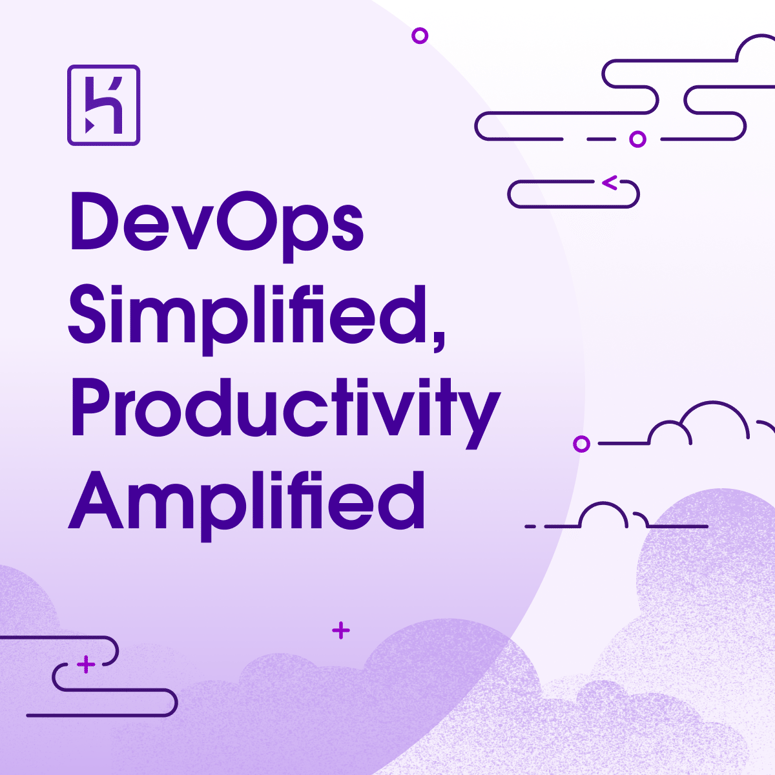Table of Contents:
- Why Networking Matters in Linux
- Core Networking Concepts
- Configuring Network Interfaces
- Essential Networking Commands
- Real-Life Example: Setting a Static IP
- Troubleshooting Tips
- Wrapping Up
Why Networking Matters in Linux
Networking is the backbone of any Linux system-whether you’re spinning up a cloud server, building a home lab, or just sharing files on your local network.
A solid grasp of networking concepts and configuration means you can connect, troubleshoot, and secure your systems with confidence.
Before you dive into configs and commands, let’s break down the basics:
Network Interfaces: These are your system’s connections to the network, like Ethernet (eth0, enp3s0), Wi-Fi (wlan0), or virtual adapters
IP Addressing: Every device needs a unique address. Linux supports both IPv4 and IPv6
Subnet & Gateway: The subnet defines your local network range, and the gateway is your route to the outside world
DNS: Translates domain names (like google.com) into IP addresses your system can use
Routing: Linux uses routing tables to decide where to send network traffic-think of it as the system’s GPS
Network Services: These include web servers, file sharing, and more, all running on your Linux box
Configuring Network Interfaces
There are a few ways to set up networking in Linux, depending on your distro and needs:
- Manual Editing:
Debian/Ubuntu: /etc/network/interfaces or /etc/netplan/
Red Hat/CentOS: /etc/sysconfig/network-scripts/ifcfg-
- Command-Line Tools:
ip (modern and powerful)
ifconfig (classic, but legacy)
nmcli (for NetworkManager, especially on desktops)
- Graphical Tools:
Most desktops offer a GUI for quick network changes
Example: Setting a static IP with the ip command:
ip addr add 192.168.1.100/24 dev eth0
ip link set eth0 up
ip route add default via 192.168.1.1
echo "nameserver 8.8.8.8" | sudo tee /etc/resolv.conf
- Or, with nmcli:
nmcli con mod "Wired connection 1" ipv4.addresses 192.168.1.100/24
nmcli con mod "Wired connection 1" ipv4.gateway 192.168.1.1
nmcli con mod "Wired connection 1" ipv4.dns "8.8.8.8"
nmcli con mod "Wired connection 1" ipv4.method manual
nmcli con up "Wired connection 1"
Here are some must-know tools for any Linux user:
ip a or ifconfig - show network interfaces and IPs
ping -test connectivity to another system
traceroute - see the path your packets take
netstat or ss - list open ports and connections
route - show or edit the routing table
tcpdump - capture and analyze network traffic
dig or nslookup - troubleshoot DNS issues
Real-Life Example: Setting a Static IP
Let’s say you’re building a home server and want a fixed address
On Ubuntu, edit /etc/netplan/01-netcfg.yaml:
network:
version: 2
ethernets:
eth0:
dhcp4: no
addresses: [192.168.1.100/24]
gateway4: 192.168.1.1
nameservers:
addresses: [8.8.8.8, 8.8.4.4]
- Apply with:
sudo netplan apply
Now your server always has the same IP-no more guessing!
Troubleshooting Tips:
Check interfaces: ip a or ifconfig -a
Test connectivity: ping 8.8.8.8
Check routes: ip route show
Review DNS: cat /etc/resolv.conf
Analyze traffic: tcpdump -i eth0
If something isn’t working, start with these basics before diving deeper
Linux networking doesn’t have to be intimidating.
Once you know the core concepts and get comfortable with a few configuration files and commands, you’ll be ready to connect, troubleshoot, and manage any system-at home, at work, or in the cloud.
Happy networking!





Top comments (0)